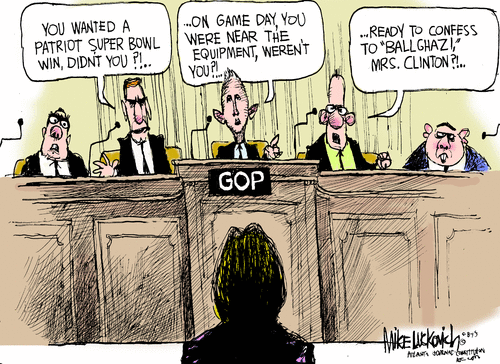The Truth Be Told is read in 203 countries around the world.
Keeping it Simple and Stupid for the Republicans? ... !
Don't forget to visit our sister blog Carolina Naturally
Some of our readers today have been in:
The Americas
Buenos Aires, Argentina
Belo Horizonte, Brasilia, Campinas, Florianoplois, Joinville, Rio de Janeiro and Salvador, Brazil
Chelsea, Greater Sudbury, Montreal, Ottawa, Regina, Toronto and Vancouver, Canada
Guadalajara, Mexico City and Tijuana, Mexico
Boaco, Nicaragua
Aguadilla, Carolina, Catano, Luquillo, Pajaros, Ponce, San German, San Juan and Puerto Rico
Alafaya, Ceres, Minnetonka, Saginaw and Wayzata, United States
Europe
Minsk, Belarus
Sarajevo, Bosnia-Herzegovina
Glavinitsa, Plovdiv, Ruse and Sofia, Bulgaria
Rovinj, Croatia
Pizen and Prague, Czech Republic
Birmingham, Bristol, Lancaster, London and Manchester, England
Vantaa, Finland
Boulogne-Billancourt, Cerny, Laval, Lyon, Paris, Pas de Calais, Roubaix and Rouen, France
Berlin, Bonn, Dusseldorf, Eschborn, Frankfurt Am Main, Hamburg, Hanover,
Hurth and Nuremberg, Germany
Athens, Marousi and Thessaloniki, Greece
Budapest, Hungary
Kopgvogur and Reykjavik, Iceland
Dublin, Ireland
Milan, Prato, Rome, Sala Bolognese and Terlizzi, Italy
Riga, Latvia
Alphen aan den Rijn, Amsterdam, Den Haag and Rotterdam, Netherlands
Bergen, Gjerstad and Oslo, Norway
Kabaty, Kozy, Krakow, Piotrkow Trybunalski, Szczecin, Warsaw and Wroclaw, Poland
Moscow, Ryazan and Vladivostok, Russia
Edinburgh and Glasgow, Scotland
Belgrade, Serbia
Maribor, Slovenia
Barcelona, Leganes, Madrid, Pontevedra, Valencia and Venta del Moro, Spain
Lulea and Stockholm, Sweden
Baar, Switzerland
Kiev, Ukraine
Bangor, Hook and Wrexham, Wales
Asia
Dhaka, Narsingdi and Tungi, Bangladesh
Rangoon, Burma
Beijing and Guangzhou, China
Bangalore, Calicut, Delhi, New Delhi, Patna, Pune, Raipur, and Shillong, India
Jakarta and Kebon, Indonesia
Kuwait, Kuwait
Alor
Setar, Bandar Labuan, Bayan Lepas, Chreas, Ipoh, Johor Bahru, Kajang ,
Kota Kinabalu, Kuah, Kuala Lumpur, Kuala Terengganu, Kucing, Kulang,
Malacca City, Petaling Jaya, Puchong,
Shah Alam and Sibu, Malaysia
Ulaanbaatar, Mongolia
Kathmandu, Nepal
Karachi and Muzaffarabad, Pakistan
Doha, Qatar
Sayjat, Saudi Arabia
Maharagama, Sri Lanka
Taichung, Taiwan
Bang Sue and Phitsanulok, Thailand
Lhasa, Tibet
Abu Dhabi and Dubai, United Arab Emirates
Africa
Algiers and Constantine, Algeria
Rabat, Morocco
Durban and Pretoria, South Africa
Lusaka, Zambia
The Pacific
Brisbane, Melbourne, Perth and Sydney, Australia
Cebu City, Philippines























